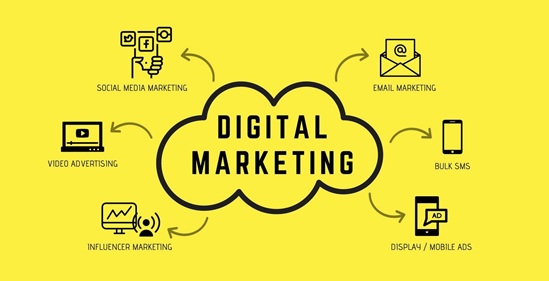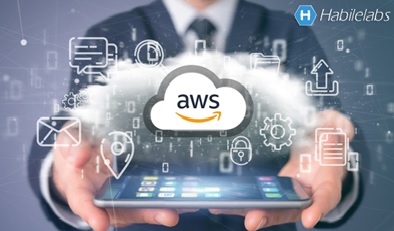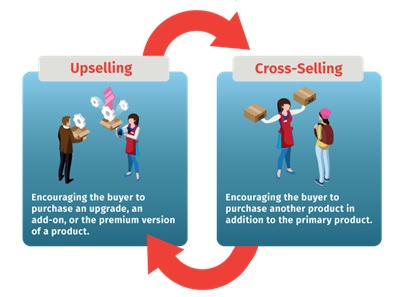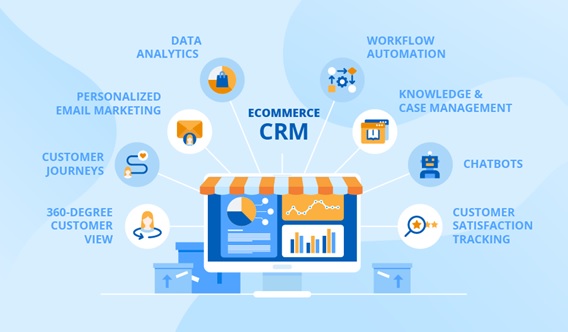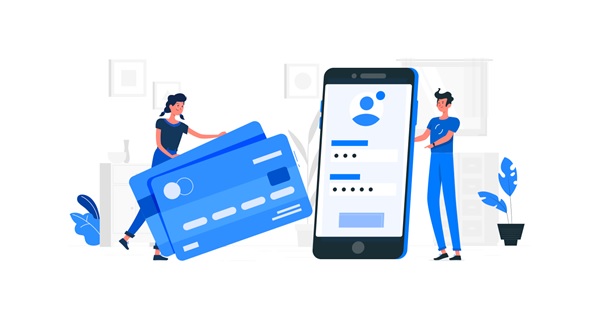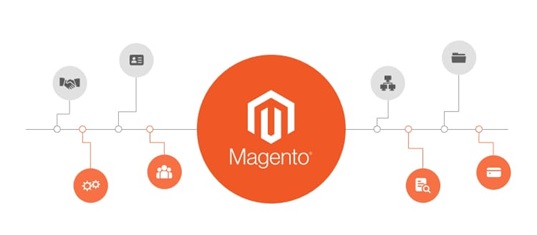The Platform of Omnichannel E-Commerce
Omnichannel is the strategy of using multiple marketing channels integrated in a way which affords the end-user a seamless front-end experience. Customers interact with brands through a wide variety of sales and marketing channels: websites, mobile browsers, native apps, physical retail, social media, email, and more.
While in the past these would all have their own systems and processes, [1] customers now expect their experiences to flow from one channel to the next without interruption.
Imagine for instance, a customer places an order through a brand’s eCommerce website. She later goes to check the order status on her native mobile app to ensure it’s been shipped. When it arrives, she decides to go to the physical store to return an item she’s unhappy with. After returning the item, her account is automatically credited and a confirmation email is sent. The brand then begins to remarket similar products to her on social media. Once the exception, this example of a smooth eCommerce experience is now what customers expect.
The difference between omnichannel and multichannel
This is a strategy where a brand is present on multiple channels, which its customers can use to interact with the brand. These channels can be for example apps, websites, mobile websites, emails, brick-and-mortar stores, social media channels, etc. Of course, customers expect to have a seamless experience with a brand, instead of having a fragmented experience on each channel. [2] This is where omnichannel comes to play. Figure 1 shows the Omnichannel e-commerce Platform.
An omnichannel e-commerce strategy foresees that customer may start searching on one channel and move to another as a progression of their online purchasing journey. Omnichannel completes a multichannel strategy and optimizes it for today’s online customers.
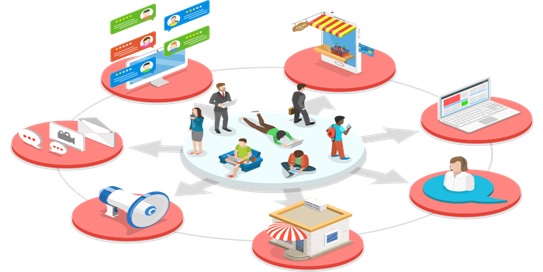
Figure 1. Omnichannel e-commerce Platform
The benefits of omnichannel e-commerce
Cohesive message
One of the main benefits of having omnichannel e-commerce is that you provide your customers with cohesive messaging about your brand. [3] No matter where a customer encounters your brand, the messaging is always the same.
Understanding your customer journey
Omnichannel e-commerce allows your company to collect and merge customer data from multiple channels. Combined, this data gives you a full picture of what types of customers are interested in your brand and their behaviour, which gives you the power to personalize your customer journey.
Personalizing the customer experience
Only by understanding the customer journey can you personalize your customers’ experience. Omnichannel e-commerce allows you to create a personalized experience. Creating a personalized experience is essential to omnichannel customers as they have a 30% higher lifetime value over shoppers who only purchase using one channel.
True omnichannel commerce remains a dream for many - 78% of retailers say they don't yet provide a truly unified experience for customers. Although there is no single definition of omnichannel, some important factors may include:
- The ability to sell online and offline
- Physical and digital presence
- Fulfilment and shipping options that include home delivery and in-store
- Exchange and refund handling, both physically and digitally
- Customer experiences that extend across multiple touchpoints, including bricks and mortar, marketplaces, web, mobile and social
- Embracing mobile, from marketing to providing access to deals and products
References:
- https://magento.com/resources/omnichannel
- https://www.sana-commerce.com/e-commerce-terms/what-is-omnichannel-e-commerce/
- https://www.wundermanthompsoncommerce.com/en/what-we-think/blogs/what-is-omnichannel-commerce/
Cite this article:
Vinotha D (2021), The Platform of Omnichannel E-Commerce, AnaTechMaz, pp. 13




